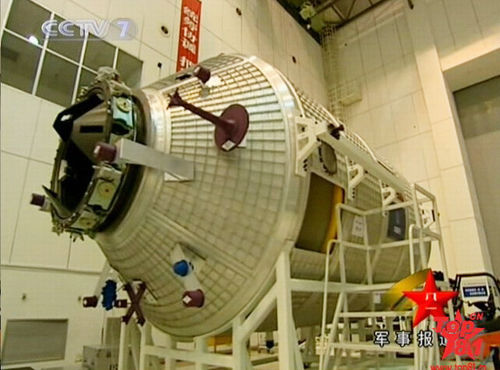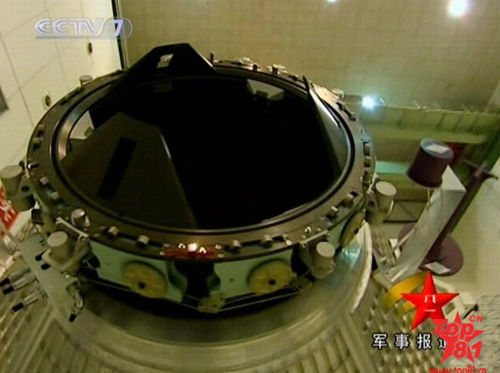Construction of World's Largest Radio Telescope Begins in Southwest China
2011-01-27
Workers in southwest China's Guiyang Province have started leveling the ground upon which a five-hundred-meter aperture spherical telescope (FAST) will stand, local authorities said Wednesday.
Located in Pingtan County, the telescope will be the world's largest, the size of 30 football fields.
Its construction has begun after 14 years of preparation and two years of land surveys and resident relocations, Pingtang County government officials said.
The telescope's main spherical reflector will be made up of 4,600 panels.
Construction will be complete in 2016.
The sparsely populated, underdeveloped region will provide the quiet environment the telescope needs to capture electromagnetic waves.
The facility, at a cost of more than 667 million yuan (101.3 million U.S. dollars), will improve China's astronomical observation abilities.
It will help Chinese and international astronomers discover some of the secrets of the universe.
(Source: Xinhua)



2011-01-27
Workers in southwest China's Guiyang Province have started leveling the ground upon which a five-hundred-meter aperture spherical telescope (FAST) will stand, local authorities said Wednesday.
Located in Pingtan County, the telescope will be the world's largest, the size of 30 football fields.
Its construction has begun after 14 years of preparation and two years of land surveys and resident relocations, Pingtang County government officials said.
The telescope's main spherical reflector will be made up of 4,600 panels.
Construction will be complete in 2016.
The sparsely populated, underdeveloped region will provide the quiet environment the telescope needs to capture electromagnetic waves.
The facility, at a cost of more than 667 million yuan (101.3 million U.S. dollars), will improve China's astronomical observation abilities.
It will help Chinese and international astronomers discover some of the secrets of the universe.
(Source: Xinhua)




















